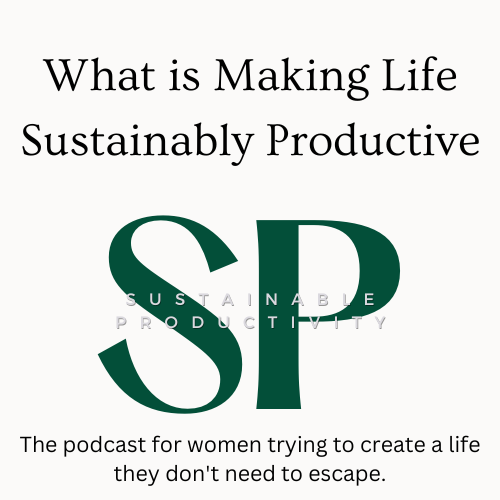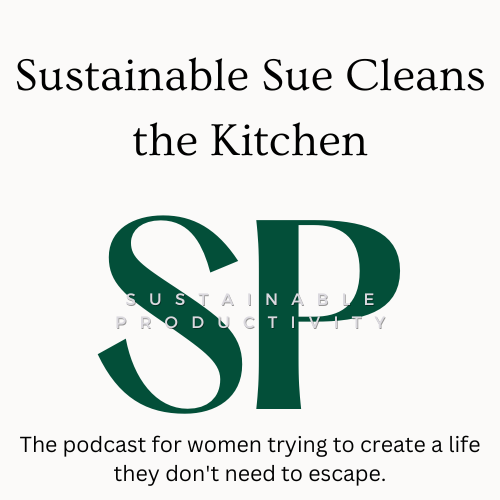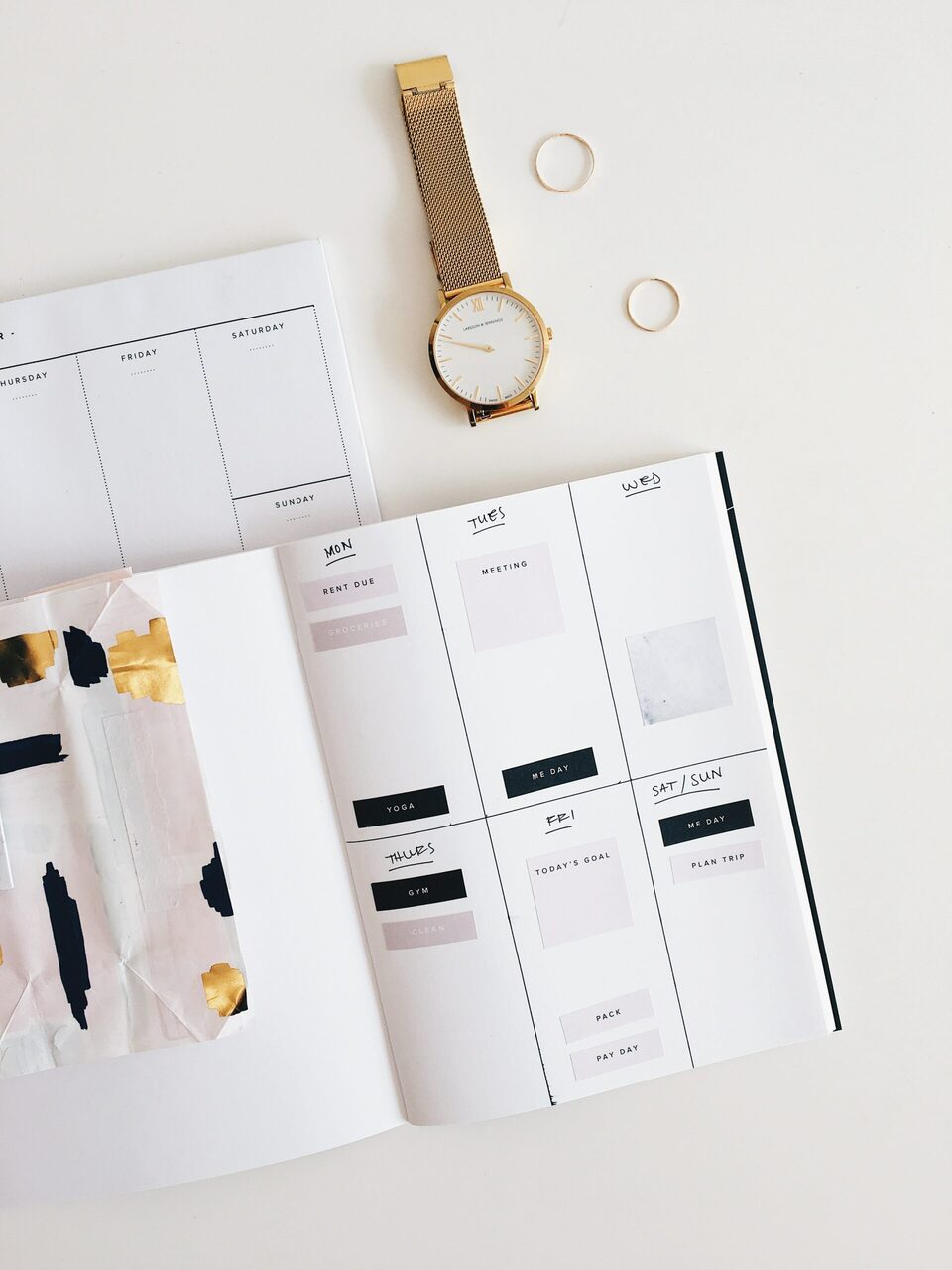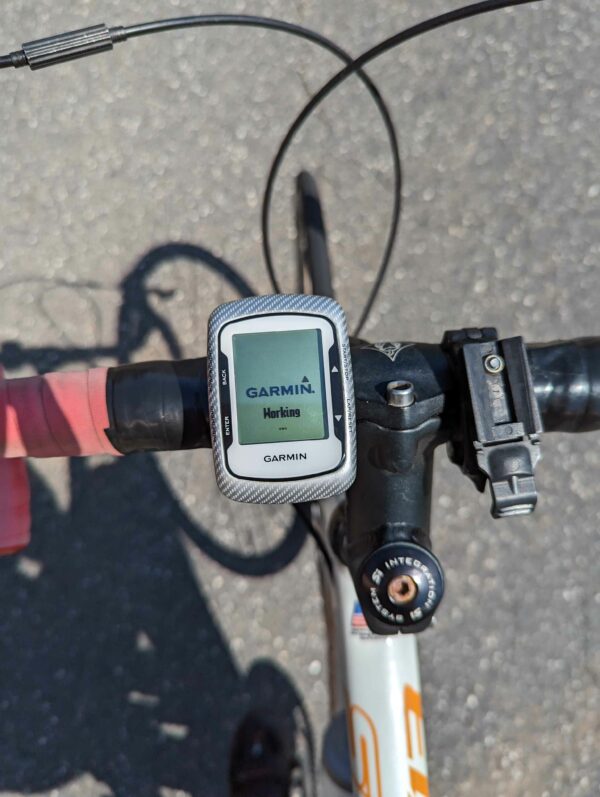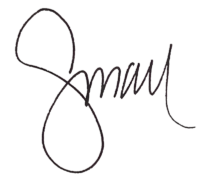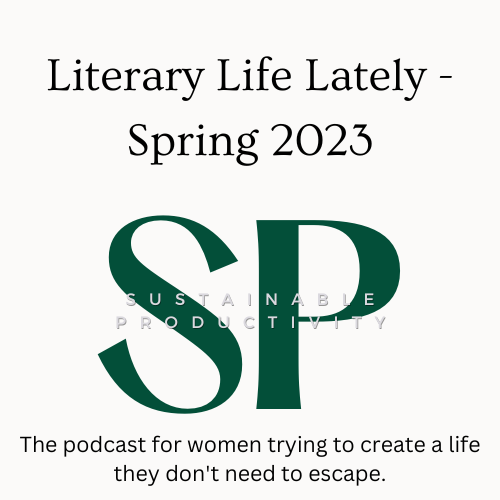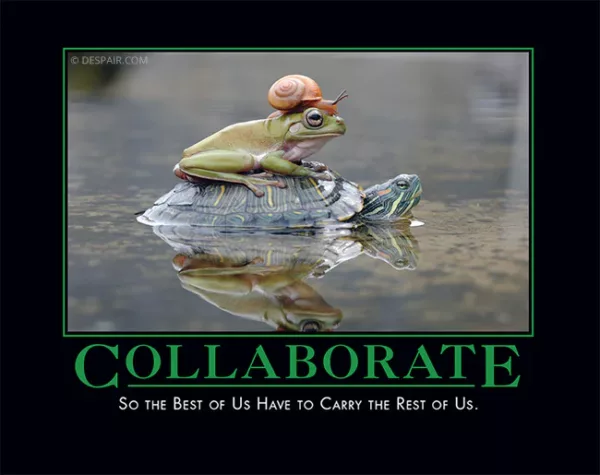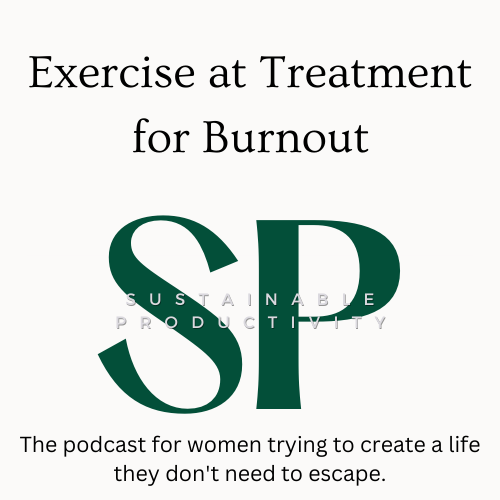Episode 16: Fitness Without a Finish Line
It is one thing to make a Sustainable Productivity adjustment to your habits, but it is another thing to fully embrace that adjustment mentally and emotionally. Susan had to create a new normal around Fitness for herself in order to make it Sustainably Productive – something that worked for me long term. Fitness means so much more than who crosses the most finish lines or is the fastest or thinnest… despite what you may see in today’s culture and on social media. Here is what you can expect in today’s episode:
- The full story of Susan’s fitness background and why it lead to burnout
- The two areas where Susan made adjustments
- Practical, actionable adjustments and what that looks like today
Additionally, today’s episode launches a new segment you won’t want to miss! Listen at the link below or search for “Sustainable Productivity with Susan Sanders” everywhere podcasts are available.
Links mentioned in this episode of the Sustainable Productivity podcast:
- Sign up for episode emails, weekly essays, and links so you never miss a thing!
- Get your copy of the habit tracker here
- Listen to Episode 15: What is Making Life Sustainable Productive at this link
- Listen to Episode 10: Redefining Sustainable and Productive with Ainslie MacEachran
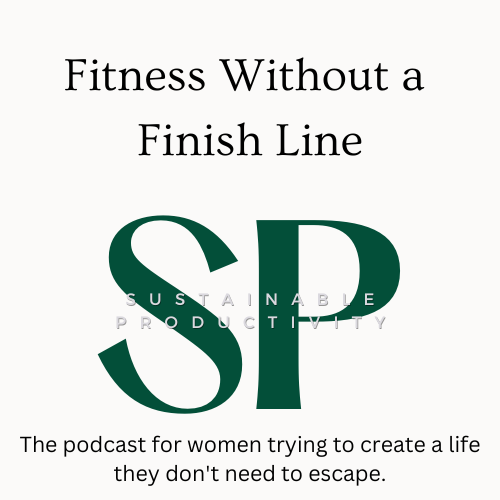
We would love to hear from you. Send your feedback on the episode, suggestions for future show topics or guests, and anything else to Susan@SustainableSue.com or in a DM on Instagram.
